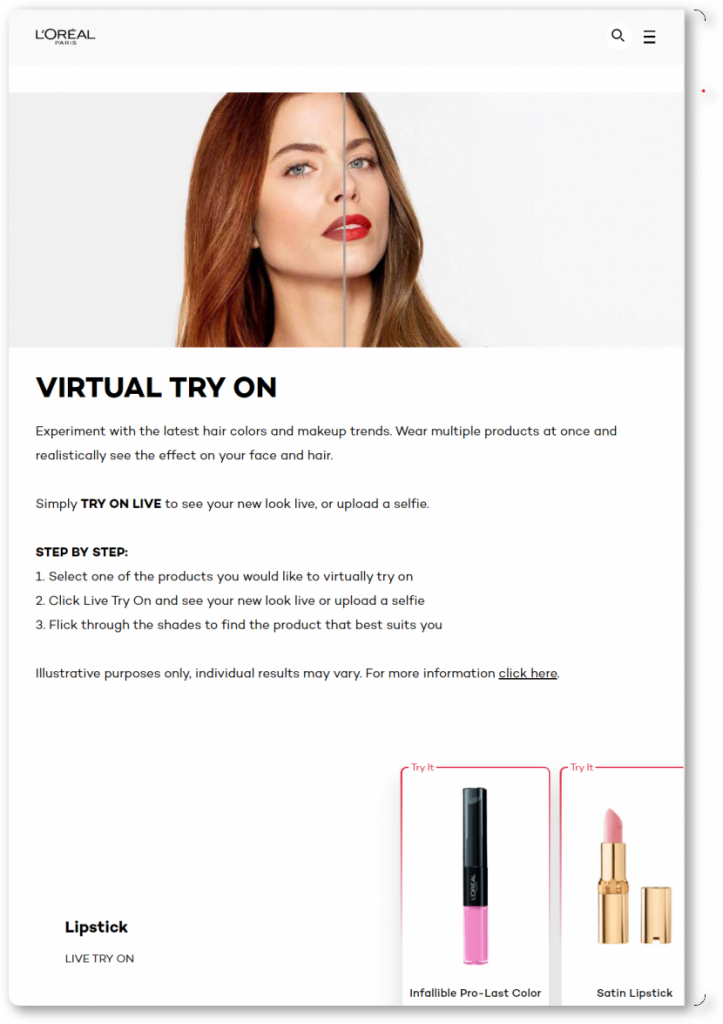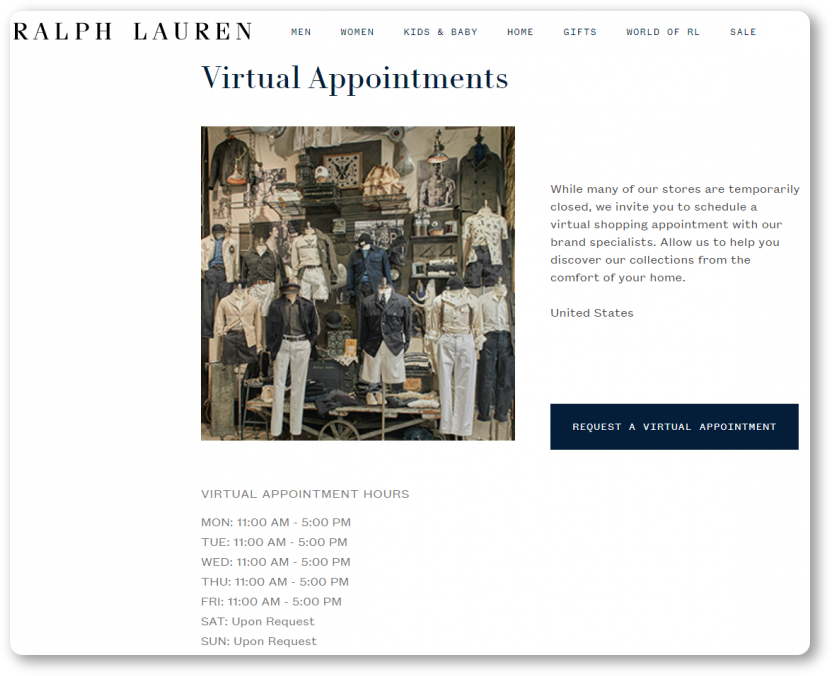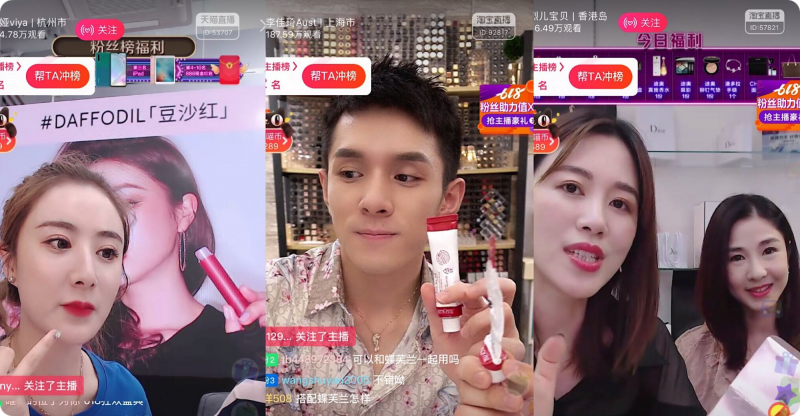Clienteling
Empty streets and closed shops. Life put on hold. This was the Covid reality we’ve been living through for the past few years. It’s so exciting to see how businesses are now coming back to everyday life, striving to nurture their clients and maintaining high-touch customer service.
But how to achieve it with fewer and fewer customers going in-store? Can clienteling be the same as it used to be, or do you need to adapt to changes like other famous brands? Definitely the second option! As an integral part of the customer experience, clienteling still has more in store for you than you think.
But first things first. Let’s define what we’re dealing with before reshaping it.
What is customer clienteling?
Clienteling can be described as a technique of establishing long-term relationships between a buyer and a retailer to grow customer satisfaction. It incorporates specific practices and tools for improving their experience with the brand.
Did you know that 91% of consumers are more likely to shop with brands that provide relevant offers and recommendations? Clienteling gives retailers the opportunity to come up with the most suitable solutions. If you look at it precisely, you’ll see that the same approach is used in personalization. So what’s the connection between them?
The answer is simple: clienteling is about offering a highly personalized approach that involves in-person interaction with a single goal – making the client’s experience pleasant and encouraging them to keep coming back.
How does clienteling work?
As its goal is to establish strong, reciprocal relationships, clienteling is based on customer data like their history of purchases, possible needs, wants, preferences, and buyer behavior.
It’s almost impossible to collect and store clients’ data manually, let alone read your customers’ minds. That’s why brick-and-mortar businesses use in-store apps to enhance their customer satisfaction and deliver more personalized interaction with them.
But how to incorporate data collection in the actual store?
The answer is simple – using a CRM. It’s a universal tool that offers collected, unified data and helps monitor and understand your customer purchase preferences.
Clienteling & CRM
The role of CRM in clienteling is that it simplifies tracking any alterations in your customers’ behavior, values, and interests and allows you to adjust your sales approach to the needs of a particular customer.
Here are some of the perks a CRM system can bring to your clienteling strategy:
- Access to unified data. CRM keeps all of your sales teams on the same page for you to provide an accurate and up-to-date service.
- Cross-channel engagement. You can link your CRM software to any platform you work with, thus ensuring your constant engagement with customers.
- Personalized in-store experience. With CRM, you can give your hard-earned clients a customized approach, which increases customer satisfaction and retention rates.
- Flexibility. CRM software helps you adjust your clienteling strategy to the changing customer behavior trends. All you need is access to a CRM account. This brings your company compatibility and viability for years to come.
Here are some widely popular CRM platforms on the market that you can use to improve your customer satisfaction:
- Snov.io CRM. This is an all-in-one, easy-to-implement CRM software for sales that helps you achieve a highly personalized customer outreach at scale.
- Zoho CRM Plus. This is a popular retail helper for delivering the best customer experience.
- Zendesk. The platform allows your teams to collect customer data and stay updated about their preferences.
- Insightly. Based on the data stored in this CRM, it connects leads with the right person in real-time and helps your sales reps follow up on them.
Incorporating CRM software into your business will allow you to advance your customer service game by offering your clients a personalized shopping experience mostly available at high-end boutiques.
Clienteling examples
Pandemic restrictions had a substantial negative impact on big luxury and beauty brands. No surprise, they were the first to adapt fast to changes and embrace the advancements of the virtual world. Let’s see how famous brands use Augmented reality (AR), video shopping, and other digital innovations to reshape clienteling and get used to the new market conditions.
Virtual make-up possibilities from L’Oréal
L’Oréal found a way out by combining digital innovations and clienteling to their advantage. With the help of AR technology, they’ve started promoting their Virtual Try-On feature whereby customers can attend their webpage and try on a variety of products by simply uploading a picture or turning on the camera.

While browsing some of the brand’s beauty and care products, customers can get personal assistance and recommendations from online ambassadors as they would at the actual store. This enhances buyers’ experience and satisfaction by making their journey very personalized. It’s like shopping with your own beauty assistant while staying at home.
What is more, L’Oréal created a ‘Signature Faces’ filter that can be used on platforms like Snapchat and Zoom. It allows customers to wear their make-up on video calls, which makes the customer experience truly unique, growing their satisfaction and tying it to the brand.
Virtual Appointments feature from Ralph Lauren
Ralph Lauren took a usual shopping appointment booking and transformed it into an even more convenient practice. The company gives customers the ability to attend the store from home and banishes the frustration connected with the limited shopping experience, syncing with clients’ schedules and values.

Taobao virtual clienteling
Interestingly, the previous two examples are not really that innovative for the Taobao platform. The Chinese version of Amazon has been using AR, live video shopping, and virtual clienteling for several years already.

Different stores on this Alibaba platform have their private showrooms, where models demonstrate the quality of the goods and answer your questions. Similar to Ralph Lauren clients, customers can book a virtual or in-person appointment with the store where a model will be trying on clothes or any other products and helping them with their purchase decision.
Wrapping up
If done right, clienteling can reshape your business immensely. Its main goal is to deliver a great customer experience, which results in increased sales and retention rates.
And if you need a CRM platform to help you build your clienteling strategy, Snov.io CRM is one of the best solutions to personalize your sales, while its unlimited teamwork feature allows your team to stay in sync while promoting your brand, growing KPIs, and the average value basket.

















